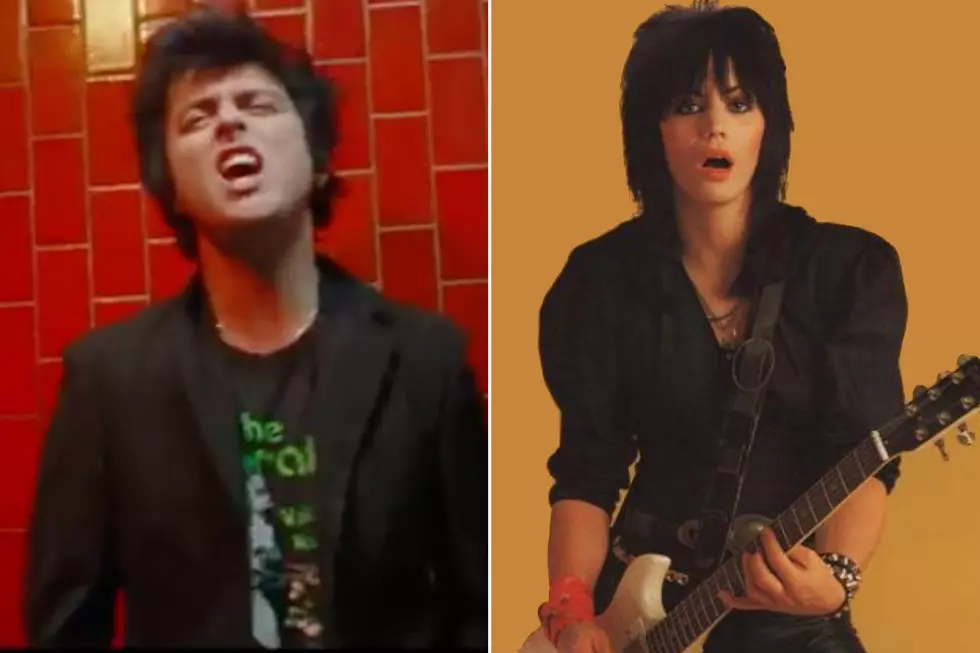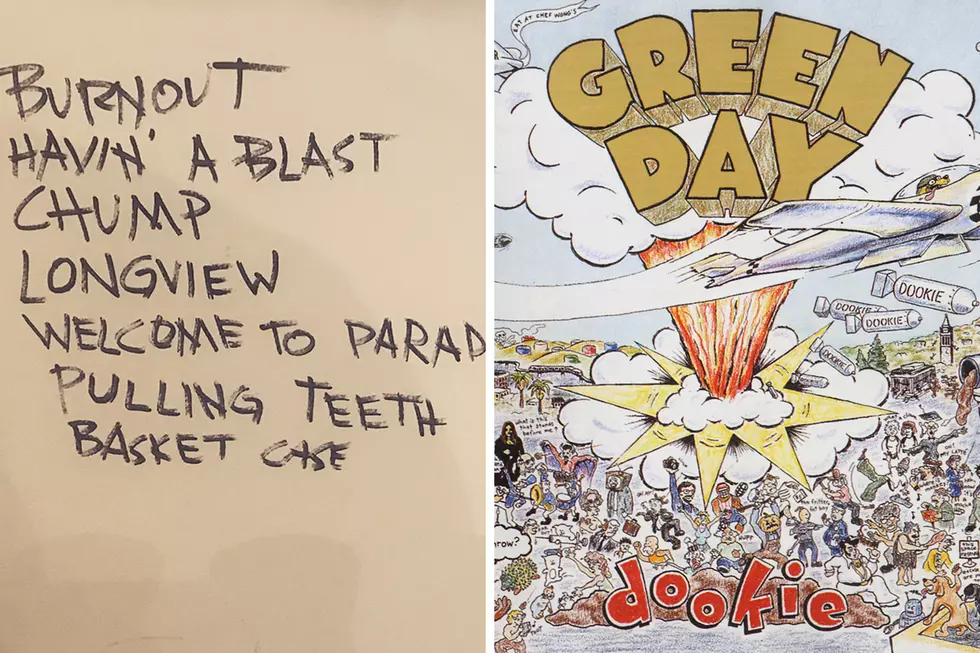
26 Years Ago: Green Day Debut With the Raucous and Raw Pop-Punk Precursor ’39/Smooth’
Hey, we’ve all got to start somewhere, right? That’s the overriding impression you’re left with when taking stock of 39/Smooth, the first album by now-legendary pop-punk icons Green Day. Released on vinyl and cassette on April 13, 1990, it's pretty rough and raw compared to the band's later releases, but it also contains tantalizing hints of what would follow.
From the opening chords of lead-off track “At The Library,” there’s no mistaking 39/Smooth for anything other than a Green Day album. Singer-guitarist Billie Joe Armstrong wields distorted, percussive guitar riffs and his trademark vocal phrasing is present in full measure (albeit in an embryonic state), while bassist Mike Dirnt holds down the low end handily, as per usual. The only thing missing from the equation is the furious drumming of speed fiend Tré Cool, who joined a few months later, replacing original drummer John Kiffmeyer, who played on the record.
And while the album is flawed, it proved to be a crucial building block for the young band. On later efforts, Armstrong would revisit (and nail) riffs and melodies similar to some of those on 39/Smooth. Take “16” for example, which is quite close to “Walking Contradiction,” one of the standout tracks from 1995’s Insomniac, but without the tightness and polish of the latter. Then there’s the closer “The Judge’s Daughter,” which lays the groundwork for both “Welcome to Paradise” (1992’s Kerplunk and 1994’s Dookie) and “Burnout” (also on Dookie). There are prophetic moments like these sprinkled throughout 39/Smooth.
That’s not to say there aren’t tracks that stand up on their own merits. “At The Library” is built upon a catchy chord progression in the verses that’s so appealing, it even seems to have inspired “Ruby Soho,” by fellow East Bay punks Rancid, on their 1995 classic …And Out Come The Wolves. “Going to Pasalacqua,” while never released as an actual single, was later included in a Green Day singles box set called Green Day: Ultimate Collectors, and deservedly so. The song is a near-perfect encapsulation of the Green Day aesthetic, which would later define ’90s pop-punk.
There are charmingly odd places on the album, too, like the mid-tempo plodding of “Rest,” which sounds more like Alice In Chains-esque grunge than Cali punk, or another seemingly misplaced cut, “I Was There,” which was actually the lone original written by Kiffmeyer. A young Armstrong also uncharacteristically shows off his rock-guitar chops on “The Judges Daughter,” with a ripping solo that reveals a different side of Armstrong, inspired more by Kiss and Van Halen than Stiff Little Fingers and Operation Ivy.
Lyrically, the album offers a combination of boy-pines-for-girl lovesickness, youthful aspiration tempered by nihilistic punk rebellion and a good measure of substance-fueled escapism. Armstrong details the surreal effects of marijuana over crunching guitars and bong rips in “Green Day,” the song that gave the band their name, while also expressing remarkably earnest longing in tracks like “Going to Pasalacqua” and “At The Library.” This combination of sensitivity and self-destruction would provide the grounding for countless later Green Day compositions.
Today, the importance of the vital groundwork first established on 39/Smooth is generally appreciated and reviewers have been fairly kind to the album, despite its jagged edges. Although AllMusic said "just about everything on it could be transposed with a slight aural tweak here and there to Kerplunk, Dookie, Insomniac or Nimrod without anyone batting an eye,” Pitchfork conceded, “It’s raw stuff, but even at this point Green Day’s records were at least halfway decently recorded, unlike most of their peers’ tin-can-and-twine set-ups, and songs like ‘At the Library’ and ‘Don't Leave Me’ were downright hummable.”
Sales expectations for Green Day were fairly modest when the album first dropped. Released by indie punk label Lookout Records, the album sold 3,000 copies during its first year, making it relatively successful for such a small imprint. In 1991, the then-out-of-print album was reissued along with two older EPs – Slappy and 1,000 Hours – and the song “I Want to Be Alone,” and renamed 1,039/Smoothed Out Slappy Hours. As the band’s popularity grew over time, so did sales of the record: By the release of Dookie in the spring of 1994, the various forms of 39/Smooth had sold 55,000 copies. It's since been remastered and reissued multiple times in the new millennium, including by Green Day’s current label Reprise, which pressed a new vinyl package in 2009 that includes the original 10-song LP along with the 1,000 Hours and Slappy EPs.
After 39/Smooth, Green Day would record one more LP for Lookout – 1992’s Kerplunk – which is a perennial fan favorite and an obvious progression from its predecessor in both style and production. After that, the band signed to major label Reprise and released Dookie, initiating their rapid ascent to mega-stardom. That album, in all its glory, came just four years after 39/Smooth. And when comparing to Dookie, it’s amazing to hear how far the band had come, yet how steadfastly true they’d remained to such humble beginnings.
Worst to First: Every Green Day Album Ranked
More From Diffuser.fm









